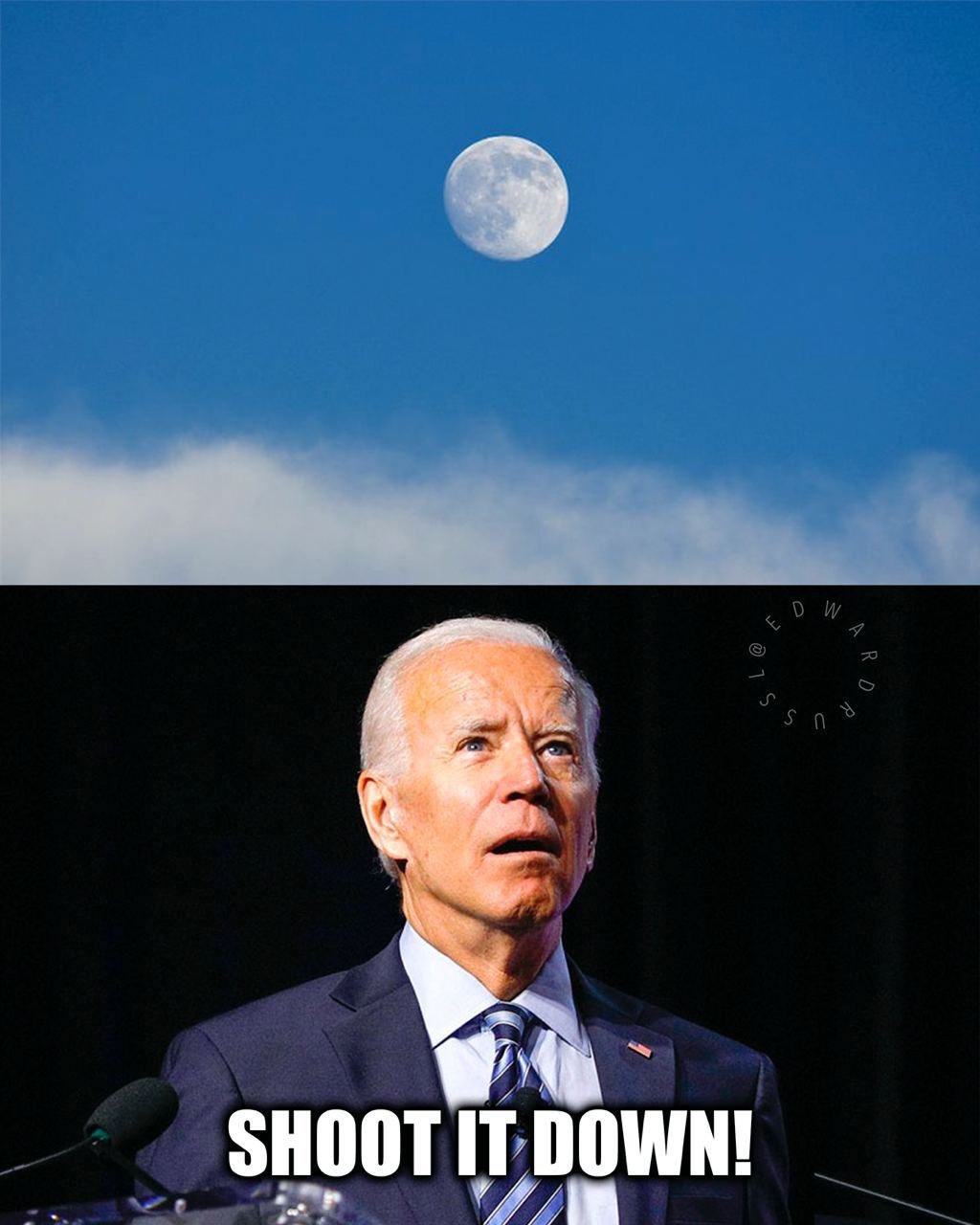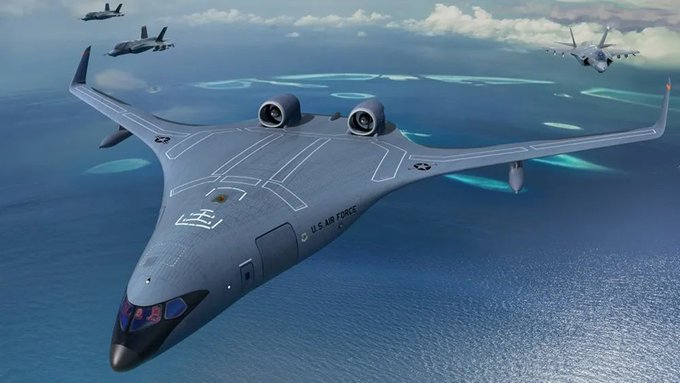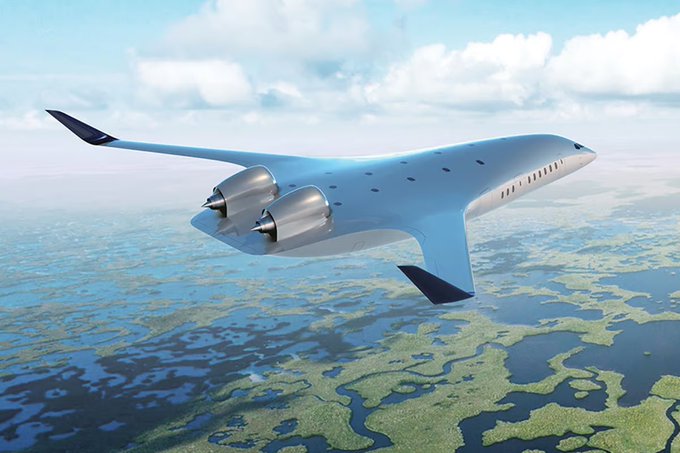 Mir Thu Feb 09, 2023 10:38 am
Mir Thu Feb 09, 2023 10:38 am
Sujoy wrote:High-altitude balloons, despite being massive can have a surprisingly low signature, which creates guidance problems for missiles. If something is moving very slowly, the radar will either not detect it or dynamically filter out the target, depending on its mode and capabilities. Radar fuze systems will probably be more problematic than laser types under these conditions.
During the 50's - long before the M-17 project - the Soviets looked into developing the Yak-25RV high altitude reconnaissance plane into a balloon interceptor. The aircraft was known as the Yak-25PA but the program was abandoned due to the lack of a suitable engine to power the larger and heavier aircraft.
In the seventies Objekt 34 Chaika was developed in total secrecy. It was supposed to carry two air-to-air missiles and the GSh-23 twin barrel canon, but the US abandoned their spy balloon programs in favour of spy satellites and the A-12(SR-71). The Object 34 prototype crashed when it had to lift off during a taxi run and was destroyed in the accident.
The Object 34 design was then developed into the M-17 Stratosfera high altitude reconnaissance aircraft but it retained the dorsal canon to shoot down any "weather balloons" over Soviet territory. The balloon interceptor idea was finally abandoned in the late 80's and the M-17 was in turn developed into the twin engine M-17RN - later known as the M-55 Geophysica. A small number of these magnificent aircraft are still operating as high altitude research laboratories.
These US spy balloons were launched from several friendly countries to spy on Chinese and especially Soviet territory. They traveled at altitudes between 20-25 kilometers and had altimeters installed to keep it from loosing altitude. The balloon exterior was very thin and notoriously difficult for radars to spot. The spy equipment was also painted blue to make it hard for interceptor pilots to spot causing a number of accidents. Apparently 1956 was a particular busy year with over 500 balloons launched!
The An-2 balloon interceptor version that GarryB mentioned was apparently known as the An-3 (first use of the designation) but to be honest I can't see how this plane could have ever reached altitudes anywhere near the stratosphere armed with a canon and a spotlight!












